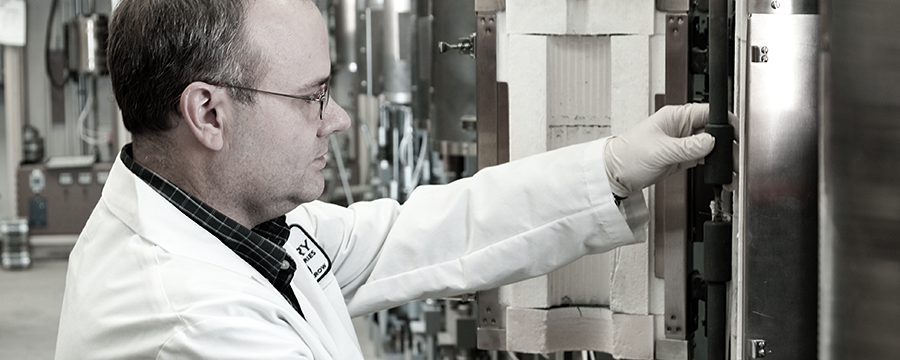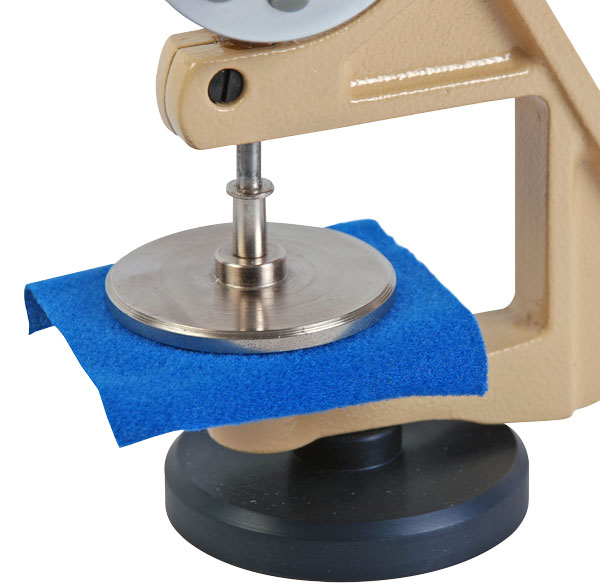Tel:+86-21-6780 0179
Fax:+44(0) 207 398 0999
Email:market@qinsun-lab.com

Which type of gauge is useful for determining Non-woven material thickness?

The determination of non-woven material thickness can be achieved using various types of gauges, with micrometers and thickness gauges being particularly useful in this context.
Micrometers:
Micrometers are precision instruments designed for accurate measurements of small distances or thicknesses. They come in different types, including digital and manual micrometers.
Digital Micrometers: These instruments provide quick and precise digital readings of the material thickness. They often have a digital display, making it easier to obtain accurate measurements without the need for manual interpretation. Digital micrometers are user-friendly and suitable for applications where efficiency and ease of use are essential.
Manual Micrometers: These micrometers require manual operation and are often used by skilled operators. While they may require more expertise to use effectively, manual micrometers can be cost-effective and suitable for applications where precision is critical.

Thickness gauges are specialized tools designed explicitly for measuring the thickness of materials. They are available in various forms, including handheld devices and benchtop models.
Ultrasonic Thickness Gauges: These gauges use ultrasonic waves to measure the thickness of a material. They are non-destructive and can be particularly useful for measuring the thickness of non-woven materials without causing damage.
Coating Thickness Gauges: While primarily designed for measuring coatings on metal substrates, coating thickness gauges can also be adapted for measuring the thickness of non-woven materials. They typically work based on magnetic or eddy current principles.
Considerations for Non-Woven Materials:
When selecting a gauge for determining the thickness of non-woven materials, it's crucial to consider the specific characteristics of the material:
Density: Non-woven materials can vary in density, affecting the pressure required for accurate measurements. Ensure that the selected gauge can apply the appropriate pressure without altering the material's structure.
Composition: The composition of non-woven materials can influence their response to different measurement methods. Understanding the material's composition helps in choosing a gauge that provides accurate and reliable measurements.
Application: Consider the intended application of the non-woven material. Some gauges may be better suited for laboratory settings, while others are designed for on-site measurements.
Precision: Depending on the required precision, choose a gauge that meets the necessary accuracy standards. Digital micrometers, for example, may offer higher precision than some other types of gauges.
Conclusion:
In summary, both micrometers and thickness gauges, such as ultrasonic thickness gauges and coating thickness gauges, can be valuable tools for determining the thickness of non-woven materials. The choice between them depends on factors such as the desired precision, ease of use, and the specific characteristics of the non-woven material in question. Careful consideration of these factors will help ensure accurate and reliable thickness measurements for non-woven materials in various applications.
